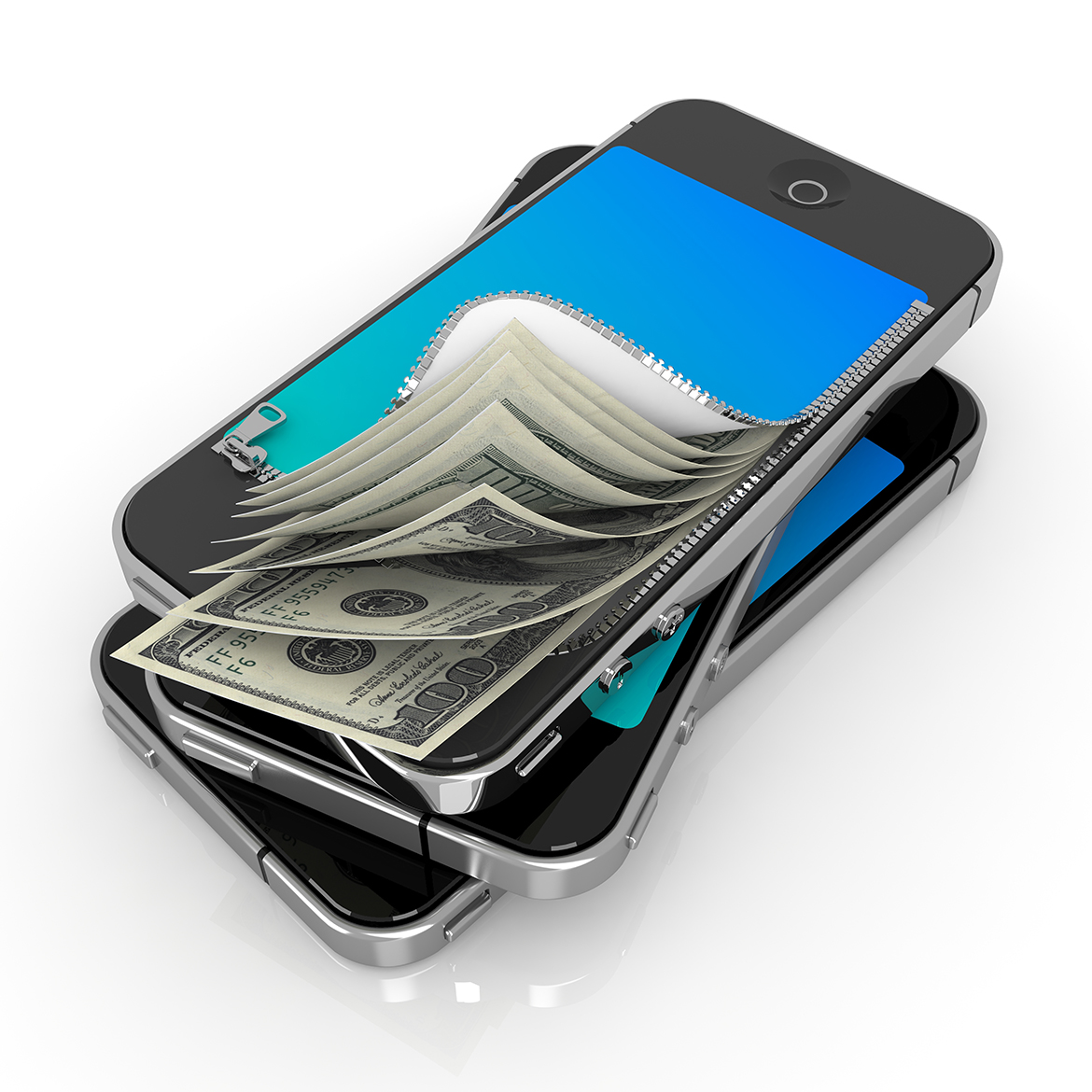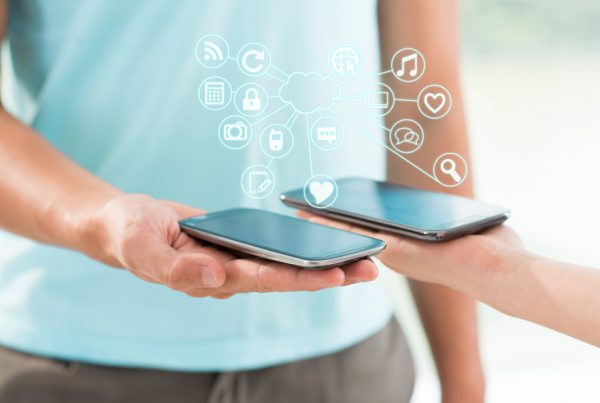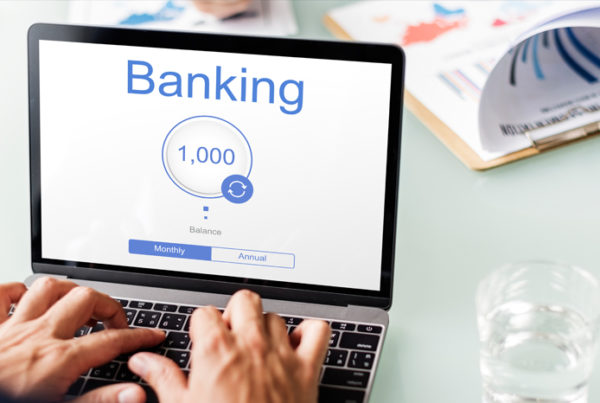Delivering inclusive and equitable quality education is fourth amongst the seventeen Sustainability Development Goals (SDG) charted by the United Nations. The vision is to ensure that by 2030 all girls and boys get quality primary and secondary education for free and all women and men get access to affordable and quality technical, vocational and tertiary education. To achieve this goal, Information and communication technology (ICT) is playing a major role in transforming and enhancing the way education is imparted. Moreover, the use of digital payments (especially mobile money) in education has simplified access to education. This article talks about how mobile money is making quality education accessible to all.
The education sector is going digital. Today we can purchase books online, access e-libraries, attend lectures virtually (distant learning via internet), complete entire course online via webex or videos and even give exams online. With the digitization of education, the payments involved in it are also becoming digital. Digital payments include both online payments and mobile payments. In developing markets, which is characterized by its low internet access and limited usage of credit and debit cards, mobile payments has emerged as the most prominent alternative payment channel. Mobile money is rapidly becoming the most preferred way of making education related payments and is transforming the education sector in multiple ways as discussed below:
Simplifying payment of fees
The act of paying fees for school or university, or applying for a course at an institution or enrolling for an examination is time consuming, because of the time it takes to travel to the educational institute or nodal center and stand in a queue to make the payment. The time and money spent on traveling to the educational institute and paying for fees can be used more productively. The virtual nature of mobile money helps to solve this problem. Thanks to mobile money, it is easier for students or their parents to pay instantly at their convenience, that too remotely and in smaller installments. Many mobile money services such as Orange Money, Airtel Money and EcoCash facilitate fee payments for schools and universities using mobile phones. Mobile money services does not require customers to have a bank account, hence even unbanked users can make payments using these services. Additionally, mobile money services can be accessed from features phone via USSD or IVR, without any internet connection.
Côte d’Ivoire is one of the biggest success stories of school fee payments using mobile money. The Ministry of National and Technical Education (MENET) partnered with four accredited mobile money providers in the country and made it mandatory for secondary school students to pay their school registration fees digitally. The impact of these collaborations and the adoption of digital payments have been phenomenal. In academic year 2015-16, 99.3% of Côte d’Ivoire’s 1.7 million secondary school students paid their annual school registration fee via various mobile money services. The service has provided convenience to parents as they can now focus on their work, rather than worry about paying fees. The service has also benefited MENET and schools in multiple ways. Digitization of fee payments has reduced cash handling costs as well as incidences of armed robberies, which was very commonplace before the introduction of digital payments. Secondly, with mobile money, school fees are now collected in full, and that too much earlier in the year, which means that schools have more access to funds function properly and provide better learning conditions to students and working conditions to teachers. Lastly, digital registration of secondary school students allowed MENET to consolidate its student database, eliminate duplicate entries and significantly increasing the quality of its information.1

Source: GSMA
Côte d’Ivoire is not the only country. In Guinea Conakry, Orange is enabling students to pay counseling fees in universities via Orange Money. Students can access Orange Money service on their mobile phone to generate a code. They then log-in to Guinea University Online Orientation Platform on internet, and enter the code and their mobile number to make payments. In addition to paying the fees, students also receive free data, SMS and call minutes enabling them to connect with friends, teachers and family. The service has seen great uptake. More than 90% of University counseling fees are paid through Orange Money.2
In Ghana, WAEC, the body that conducts the Senior School Certificate Examination in West African countries has partnered with Airtel Money, allowing students to buy pins to check their results. Students can also pay for request for certificate, attestation and verification of results using Airtel Money.3
In Bangladesh, Grameenphone facilitates payment of exam fees for graduate courses in Rajshahi University. The payments can be made over the counter, where the student visits a Grameenphone mobile money agent and pays him the fee in cash. The agent accesses the mobile money service on his handset and makes the payment to generate the transaction ID. The transaction ID is used by the student to obtain his admit card online.
Digitizing payments are leading to new low-cost schools. For example, in Kenya, Bridge International Academies has launched the cashless “academy in a box”. School fees are paid in small- monthly payments using M-Pesa mobile money service, which supports salaries for academic staff and other expenses. Entire operations are automated and executed via smartphones and tablets, eliminating accounting and financial management related expenses. Founded in 2009, Bridge International Academies expanded to nearly 400 schools and over 100,000 pupils by 2014.4
Expanding the availability of content
Books, journals, whitepapers are costly and it is not possible to buy all of them. Moreover, most of the learning is restricted geographically, which means that the students have no understanding of what is happening globally. The few copies of books from international authors which are available in libraries have high demand and can be accessed only by a limited number of students. However, digitization of education is changing this scenario. e-Books are available online which are much cheaper than the printed version. The students are able to get exposure to global study material as they are able to buy books from international authors online. The libraries are becoming digital, allowing students to access content online and pay for the subscription via digital medium as per their convenience. Digitization is making education affordable as students are able to just buy the required portion or relevant content and not the entire book.
A relevant example in this context is EcoSchool initiative from Econet Wireless, Zimbabwe’s largest mobile operator. EcoSchool provides online access to digital content for tertiary students in Zimbabwe. Students get digital books, e-courses, mobile courses and job alerts via a web-based platform at affordable costs. The payments can be made through operator’s mobile money service EcoCash.5
Facilitating virtual learning for distance education
Virtual classrooms are making distant learning possible in an efficient manner. Students need no longer be restricted by distance, lack of quality educational institutes or unavailability of courses. Lectures can be attended online, exposing students to world class academicians across the globe. They are able to learn skills by looking at videos. Not only this, students are giving exams online and the checking of papers are also done using IT softwares and result produced within minutes. The results are obtained online and certificates issues in digital formats. All the payments related to distance education are made remotely through online and mobile payments. In future, to make virtual learning specially the practical classes more realistic technologies like virtual reality will come into play.
Enabling quick and convenient salary payments for teachers
In many emerging countries, teachers are paid salary in cash. As it takes time to distribute cash, salary is usually paid late. Sometimes, the salary is not even received in full, as a portion of it is pocketed by corrupt senior officials. As an alternative to cash, the governments in many countries have started transferring money directly to bank accounts. However, in countries with poor banking penetration, this necessities traveling long distances and standing in queues for hours to cash-out salary.
Mobile money has emerged as a viable option overcoming flaws of conventional salary payment system. This can be understood better with an example from Liberia. In rural Liberia, primary school teachers were paid their salary in bank accounts. Many banks have branches only in big cities. Each month, the teachers had to travel over 10 hours by bus to capital city Monrovia to collect their salary. The entire travel and lodging consumed on average US$25 which is 15% of teacher’s salary. Moreover, due to all the travelling the teachers would miss classes, which would disrupt the interest of students in the classes. In July 2016, USAID with Ministry of Education and mobile operator Lonestar rolled out mobile salary payments pilot for 67 teachers. The results of the pilot are encouraging. The teachers receive salary instantly and in full in their Lonestart mobile money account. On average they save 14 hours of travelling as they are able to cash out at nearby local mobile money agent. The cost of collecting salary has also gone down by 90% as teacher only have to pay small cash-out fee. Teachers are now able to focus on teaching rather than worrying about collecting salaries. After positive results from pilot, the service is now being scaled-up.6
Providing funding and support for education
Inability to afford education or pay fees is the most important factor for high drop-out rate from schools. Governments, NGOs and financial service providers globally are working together to ensure parents have financial resources to pay for education of their children. Providing low-interest education loans is one of the initiatives run in many countries. According to World Bank Findex report, in low and middle income countries, 8.3% (adult) population borrowed for education or paying school fees. However, a very large portion of loans for education are informal loans as most people in low and middle income countries do not have a bank account and thus the credit rating to qualify for a formal loans from bank.
To bring the loans into formal economy, financial service providers are providing mobile based loans. For example, Airtel in Tanzania provides Airtel Timiza loans. Airtel Timiza offers small-term, low value loans which are directly credited into customer’s Airtel Money account. Customers do not need any bank account, or qualify any stringent qualification criteria, or provide any security or do any paperwork to get Airtel Timiza loans. The loan amount depends on customer’s usage of Airtel services. These loans allow parents to pay school fees on time, without impacting their household budget. Parents repay the loan when they get next month’s salary.
Mobile money providers are also bringing innovative insurance schemes for students. Allianz insurance and Orange Money in Senegal offers a special insurance scheme for students, where in case of death of the paying parent the child gets 1,200,000 FCFA (US$ 1,956) to fund two to three years of schooling. For availing the insurance scheme, the parent has to pay premium of 12,000 FCFA (US$ 19.56) in a single installment or 1,000 FCFA (US$ 1.63) in 12 monthly installments using Orange Money.7
Encouraging parents to educate children
In some countries due to various cultural or economic conditions, parents are uninterested in sending their children, specially the girls to school. As per World Bank, female literacy rate in South Asia and Sub-Saharan Africa is as low as 57% and 52%. The local governments in these regions are aware that educating females is necessary for creating an egalitarian society. Hence, to enhance female literacy rate, governments have started various initiative like giving stipends and providing mid- day meals to girls who attend school. Mobile money can catalyze various government initiatives to improve female literacy. Mobile money can be used in disbursing government stipends which is a big motivation for parents to send their daughters to school. NGOs can now disburse funds directly to parent’s mobile money account which allows them to buy school uniform, stationary and books for their daughters.
Telenor Pakistan under the Sindh Education Reform Program (SERP) is disbursing education stipends to female students via EasyPaisa mobile money service. The aim of SERP program is to improve literacy rate amongst girls belonging to BOP families in rural area. The program was started in June 2014 in 23 remote districts of the Sindh province, with 425,000 students receiving stipends.8
Achieving affordable quality education for all by 2030 is a challenging vision, but the above example shows that mobile money is the right tool to accomplish it.
Refrences
2 https://www.linkedin.com/company/orange-money
4 https://www.cgap.org/blog/building-digital-finance-ecosystem-zimbabwe
5 https://www.cgap.org/blog/liberian-teacher-epayments-stepping-stones-inclusion






